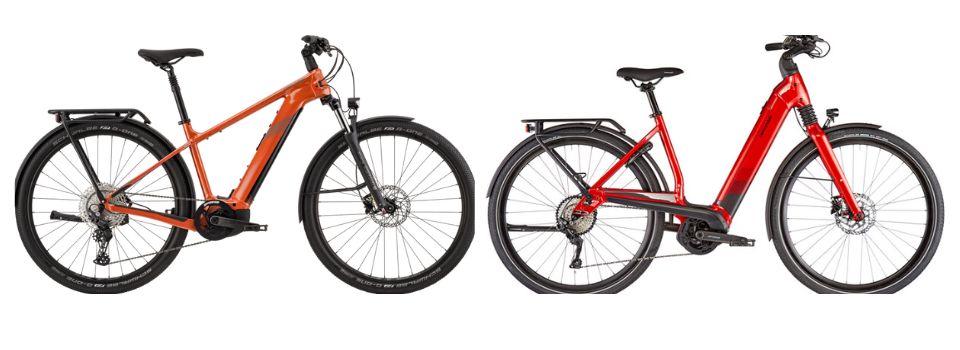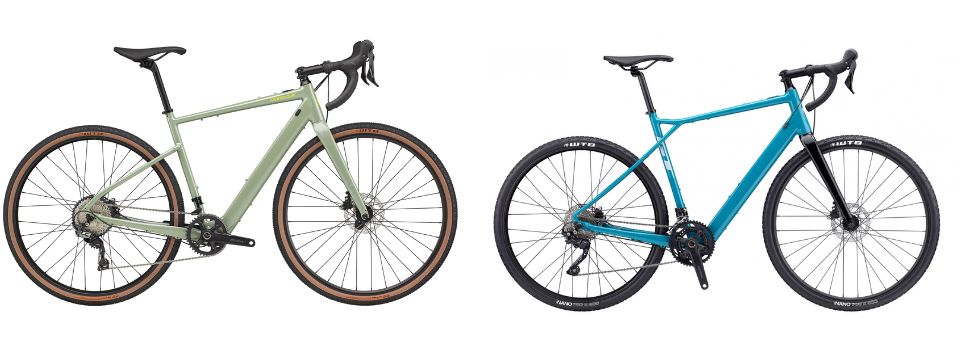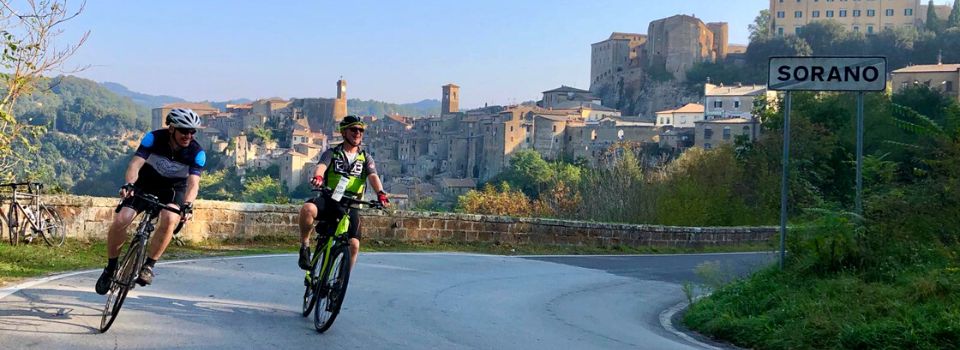E-bikes have changed the touring landscape. They help partners with previously incompatible abilities cycle together for the first time (see our story on Janice and Larry Martin’s experience in the Dolomites). They allow people facing one limitation or another to continue – or even start – bicycle touring.
We have enjoyed in sharing and enabling our cycling adventures to a broadened set of riders. Yet, e-bikes can still present some logistical challenges. This is true for us as a tour operator and even customers on tour. One thing is clear: e-bikes are here to stay.
Q: What do you think is the most important thing for potential customers to know about the e-bikes we provide on tour?
Maria Elena: First, knowing that we have e-bikes available is the most important thing! They are available on almost all our tours. Our Expedition trips are not conducive to having them available due to charging and transport complications, but all our Classic, Bike and Boat, and Explorer Tours are able to support e-bikes.
Monica: I think it’s also important to understand that an e-bike is still a bike, so you need to know how to handle a bike and ride in traffic.
Igor: I would add that the pedal-assisted bikes that we offer have a motor of no more than 250 watts of continuous rated power and are only activated by pedaling between 6 km/h and 25 km/h. The motor stops assisting when you go over 25km/h.
Q: What advancements have you seen in E-Bike technology ?
Igor: New batteries are almost double the power of the first-generation unit installed on e-bikes. This has extended the range a lot but also allowed for better application of the drive system to cargo and utility bikes. Also, the integration of the battery in the frame has given bikes a sleeker look and allowed for these more powerful batteries. And now, electronic shifting and e-drive system integration will begin changing the user experience. On some bikes, electronically operated internal gear hubs allow for an auto-shifting mode.
Q: How have e-bikes changed the way ExperiencePlus! tours operate?
Maria Elena: E-bikes have definitely changed a number of things and has influenced how we think about tour. For example, how do we manage group dynamics? Should we run e-bike only trips? How do we transport bikes if we can’t put them on the roof because of their weight and size? So, we’ve added trailers to our vehicle fleet. From the tour management side, we’ve had to organize charging stations at all the hotels we go to.
Monica: Some hotels are now starting to charge for e-bikes because of charging or space needs. Some hotels that cater to bikes already have special charging stations and are welcoming e-bikers! Battery management is also an important part of education. Pedaling and keeping your cadence up is important because that is how the pedal-assist provides the most efficient assistance. But, technology is still technology and we have to manage extra batteries or troubleshoot charging problems or batteries running out if the rider used “turbo” mode for the whole route. All of these issues fall on our tour leaders to manage and this involves a lot of training on transporting, storing, and maintaining the bikes that are different from the maintenance and management of pedal bikes!
Q: Have you been able to meet e-bike demand from customers?
Maria Elena: In terms of traveler requests, in 2015 3% of our travelers requested e-bikes. In 2022 we see about 24% of our travelers requesting them. We do find that in our peak months we are tight on e-bike availability. That can mean if you book last-minute on a September tour – our busiest season – and want an e-bike, can’t guarantee availability right away as we have to check inventory. We’ve also seen an increase in requests for e-road bikes and are in fact working on expanding our fleet in 2023 and 2024. These road-bike frame e-bikes don’t currently have as long of a range as the more established e-hybrid bikes but the bike itself is lighter so riders generally need less assist. We understand that people generally want lighter bikes and as we continue to plan for the future the trick is finding that balance of battery range and nimble bike – and be able to obtain them! The current supply chain is very tight for all kinds of e-bikes!
Q: What do you say to customers who don’t want to tour with e-bikes?
Maria Elena: Advances in technology have always been met with strong resistance. And then there comes a time for many of us when that technology suddenly creates an opportunity – say you get injured before tour and see yourself in need of an e-bike in order to participate. This technology also helps equalize differences in abilities. We’ve found that people who go on tour with others who are on e-bikes see them in action and come away with a better understanding that someone riding an e-bike doesn’t impinge on their own excitement and preference to pedal a “regular’ bike during the trip.
Ultimately, if we can provide more people with the opportunity to travel by bike, and at the same time help someone who might not normally ride that much explore a new part of the world, we think it doesn’t matter if the two wheels have a bit of extra tail wind.If you are interested in using an e-bike on tour, here’s are some need to know facts to consider before requesting one:
- Weighing in around 53 pounds for the e-hybrids, these bikes are much heavier than a regular bike so people need to be comfortable handling a heavier bike and balancing on a heavier bike.
- The average range of our battery packs is 110 km (68 miles). The operating range depends on many factors such as the assistance level, gear switching behavior, route profile, head wind, and temperatures. This covers most days, but higher cadence (pedaling faster) actually is more efficient and managing the assist level is important.
- The E-bike drive automatically switches off if speeds exceed 25 km per hour (18 mph).
- Though the bikes are very quiet the electric engine does produce a light but constant noise.
- If you have trouble with stability, handling or balance, these bikes are not recommended for you.
- E-bike rentals are not included in tour prices. Refer to our Bikes page for current fees.


